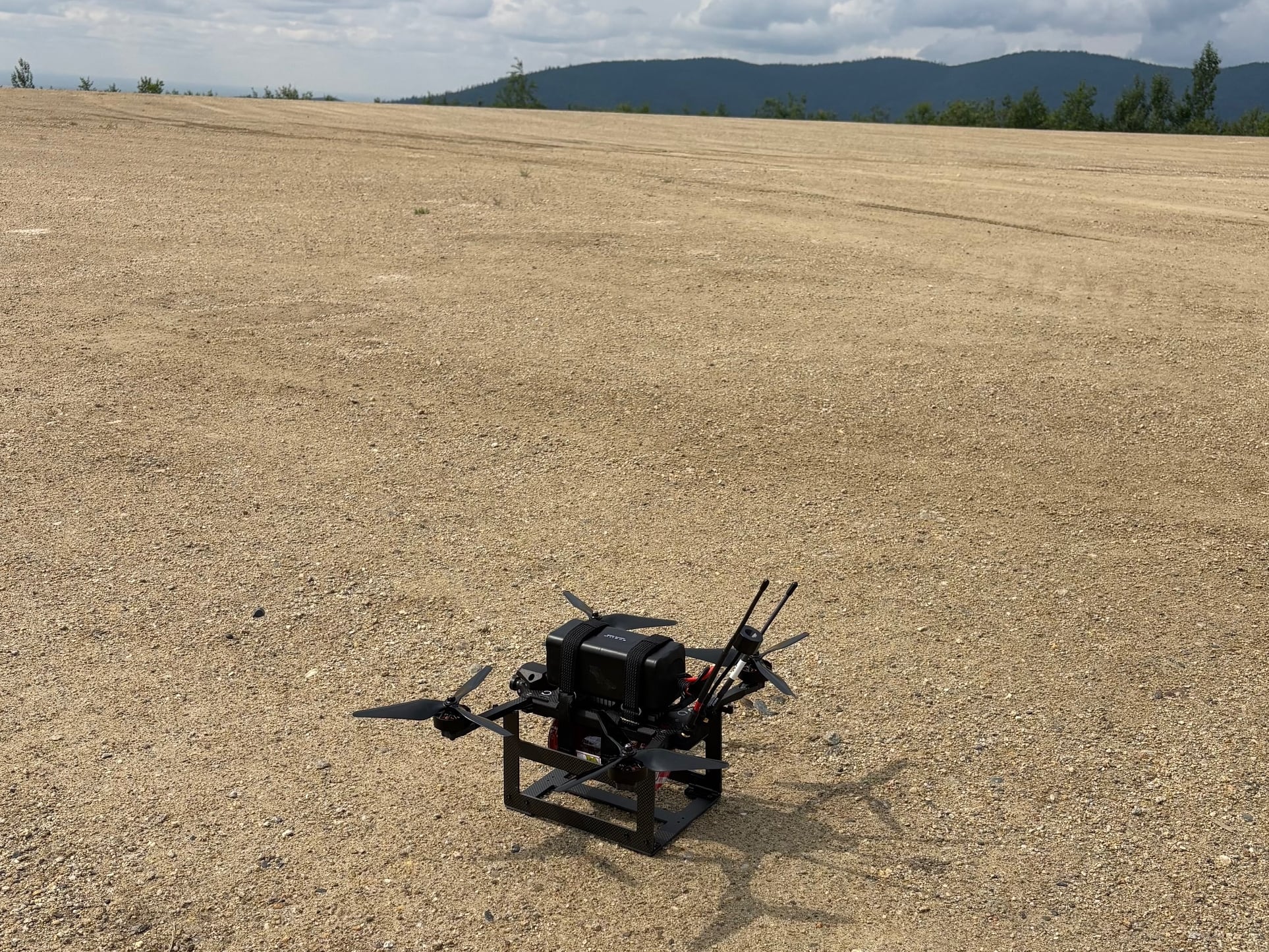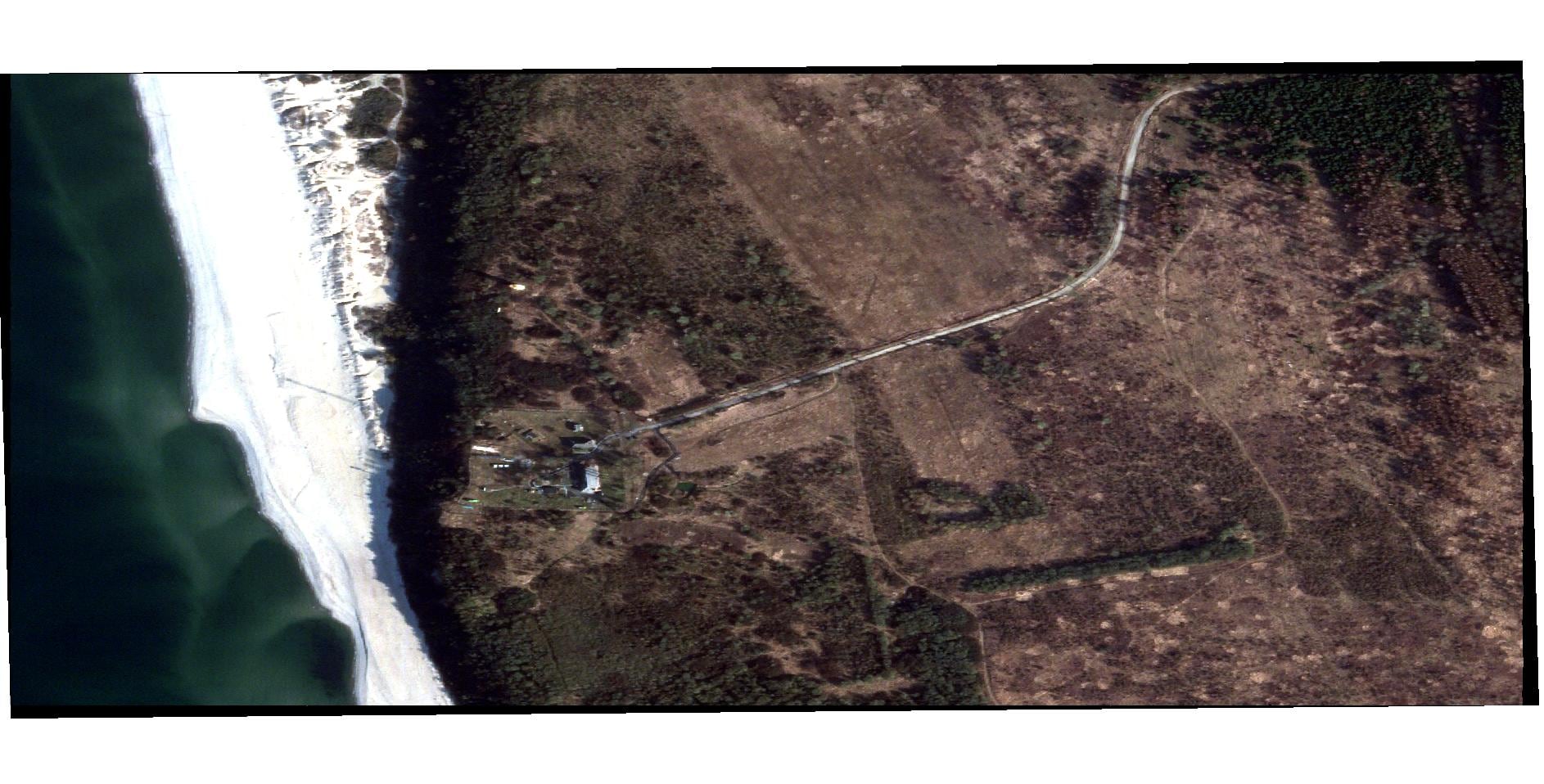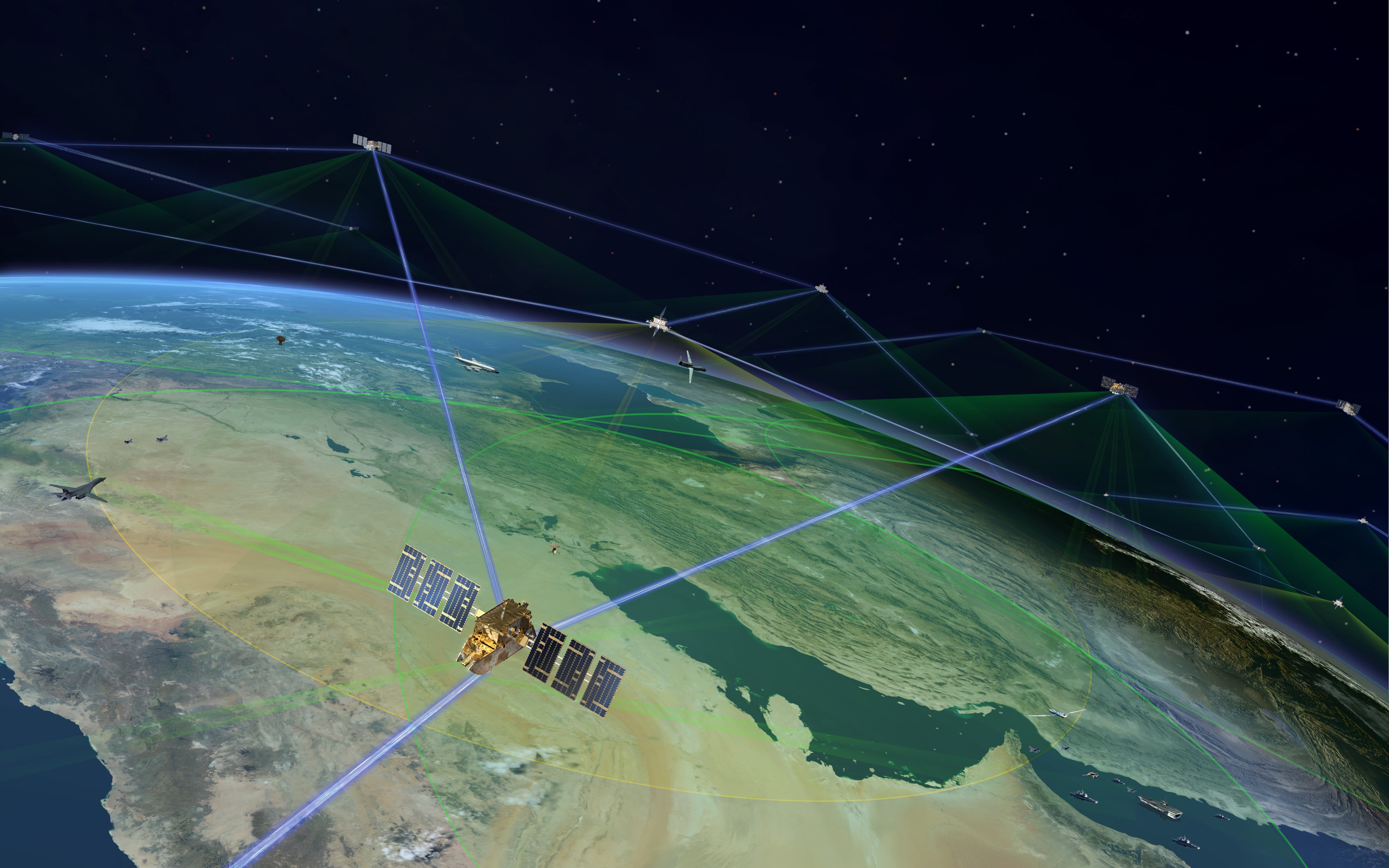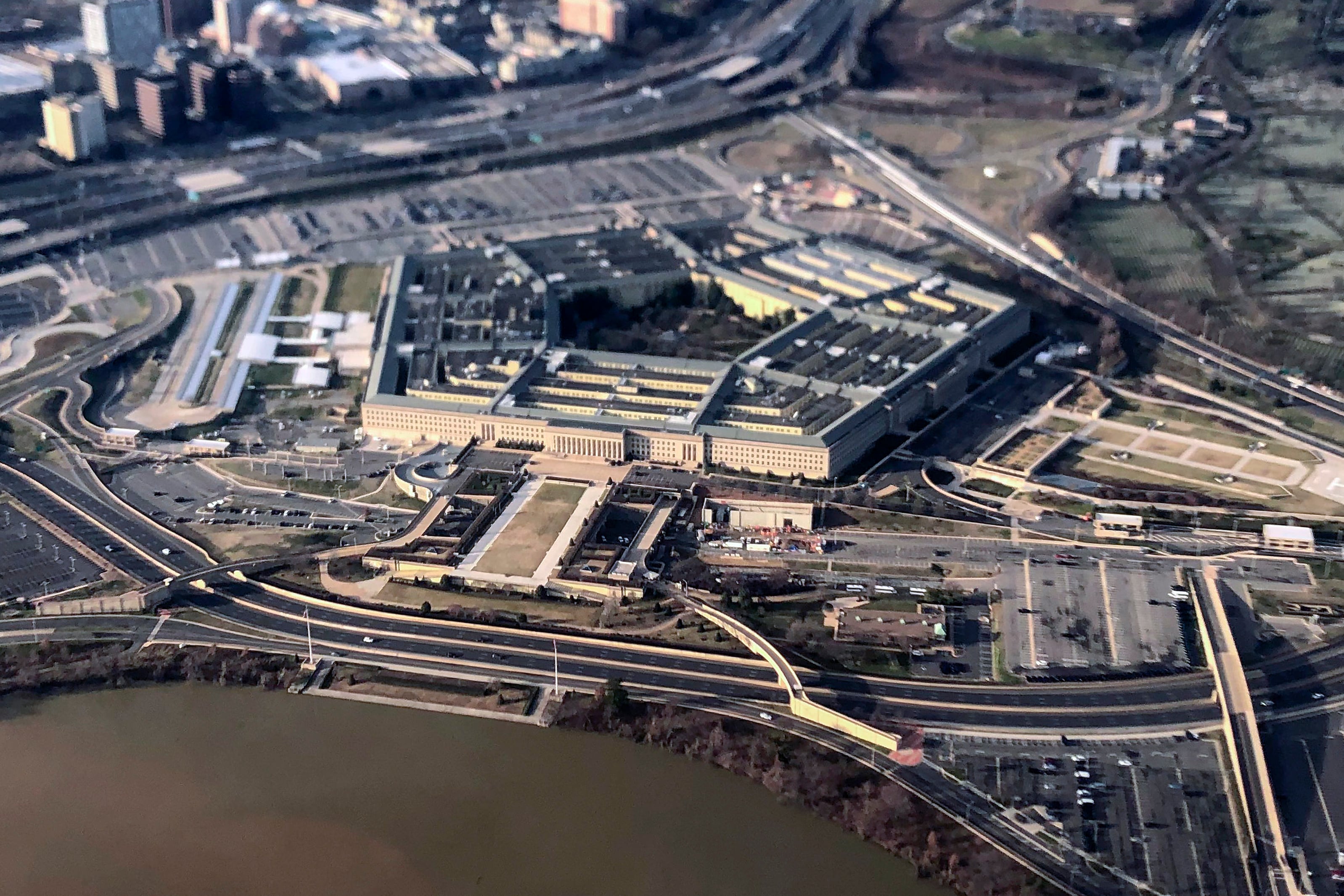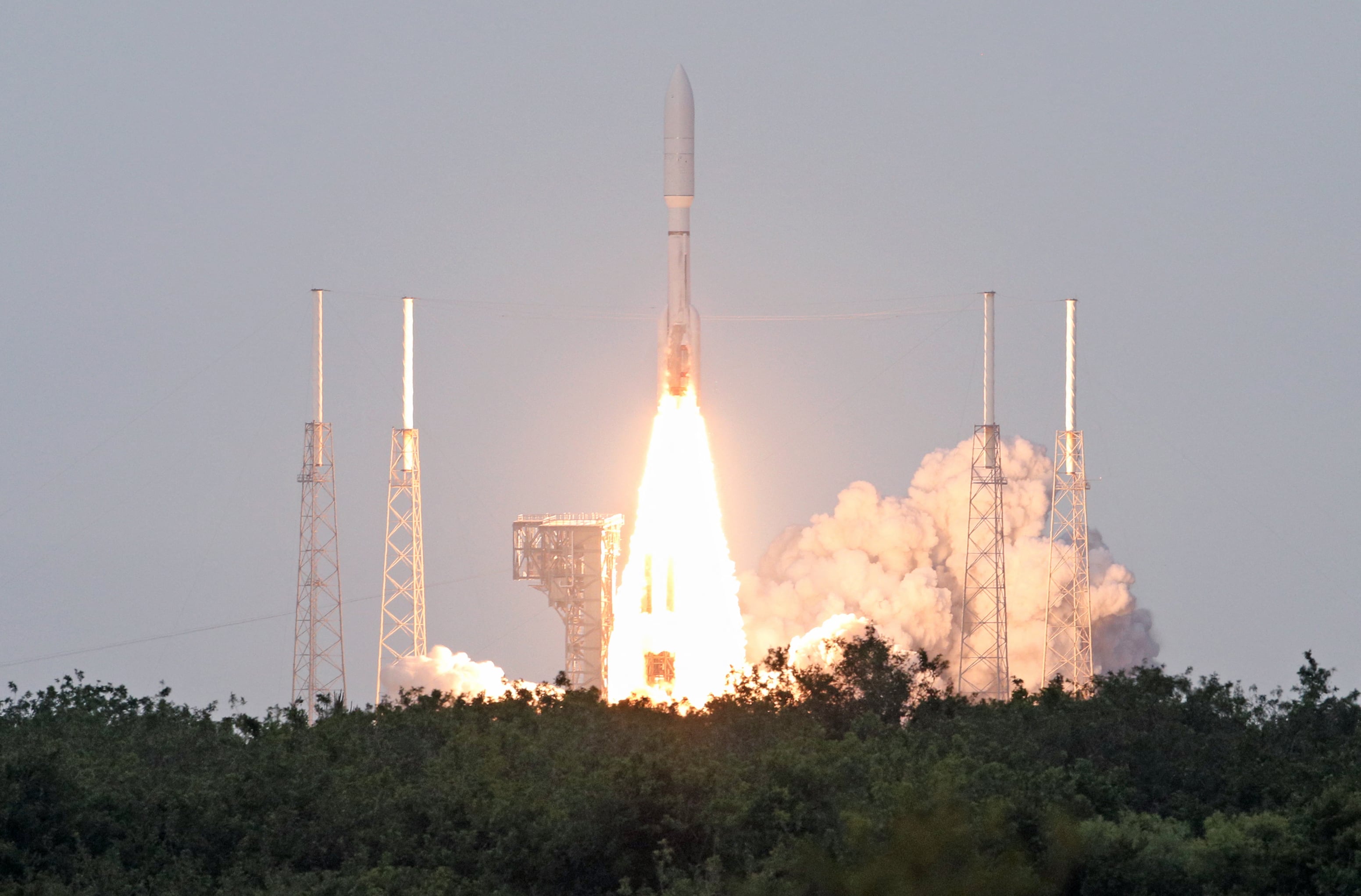WASHINGTON — Investment in national security innovation has primarily been made in the digital and physical realms, according to a new report from data analysis firm Govini.
The report, “Investments in the Fourth Industrial Revolution,” finds that federal spending for technology and related service innovation reached $43.9 billion in fiscal 2017, with investment in digital technologies (cryptography and blockchain, machine vision, advanced data links, etc.) accounting for 59.2 percent of overall spending.
About 32.5 percent of the total was invested in the physical sphere (unmanned platforms, rapid prototyping, nanotechnology), and 8.2 percent was invested in biological research (bioenergy, genetics and biomedical).
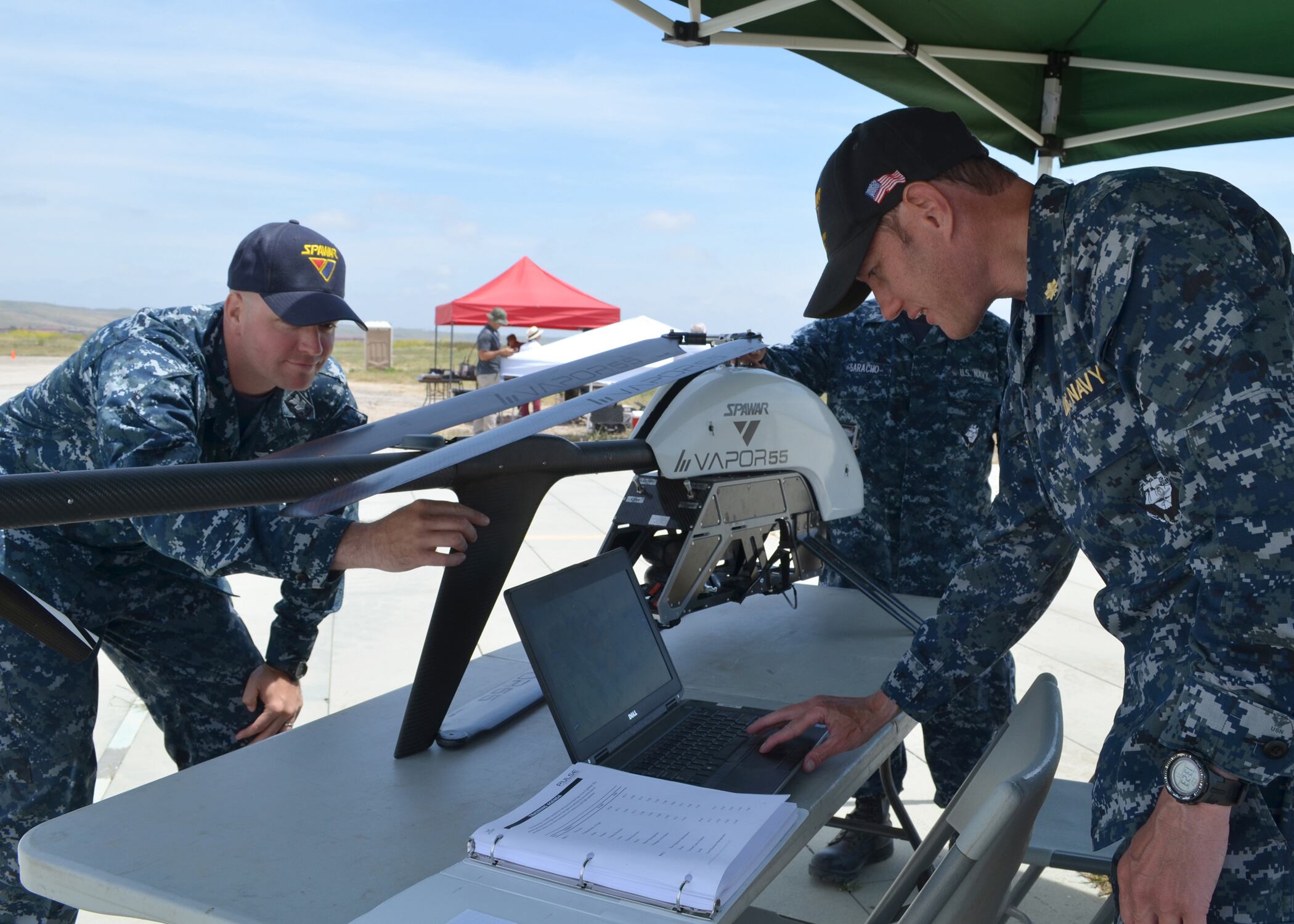
Key findings from the report, which tracks changes in investment from FY12 to FY17, include:
- A 16.8 percent increase in spending on machine vision technology, totaling $1.6 billion in FY17.
- The 14.6 percent increase in investment of cognitive systems (machine vision, advanced simulation and advanced intelligence) to $2.7 billion was driven in large part by NASA and the Department of Defense, accounting for 82.2 percent of spending. A slow government embrace of configurable systems (cloud computing), with FY17 marking a 34.9 percent increase in spending to $4 billion.
- A large amount of spending (50 percent) on unmanned platforms remains dominated by aerial vehicles. However, spending on robotics and unmanned ground vehicles rebound from FY14 lows, increasing by 140.5 percent to $1.6 billion in FY17. The group predicts investments in UGVs will grow by a compound average growth rate of 10.2 percent through FY21.
- Investment in sonar, thermal and electronic propulsion, energy use, and payload capacity is required before unmanned underwater vehicles can be deployed to expand the U.S. Navy’s edge in anti-submarine warfare, particularly in the South China Sea.
The report notes that the national security innovation base must do three things if the United States is to be a future leader in the fourth industrial revolution, driven by emerging technology such as artificial intelligence and autonomy.
First, the base must realign itself, with innovation as the “core pillar” of security organizations, according to the report. DoD innovations like the Strategic Capabilities Office, Defense Innovation Unit Experimental and the Hacking for Defense program were listed as scalable options for the larger national security base.
RELATED
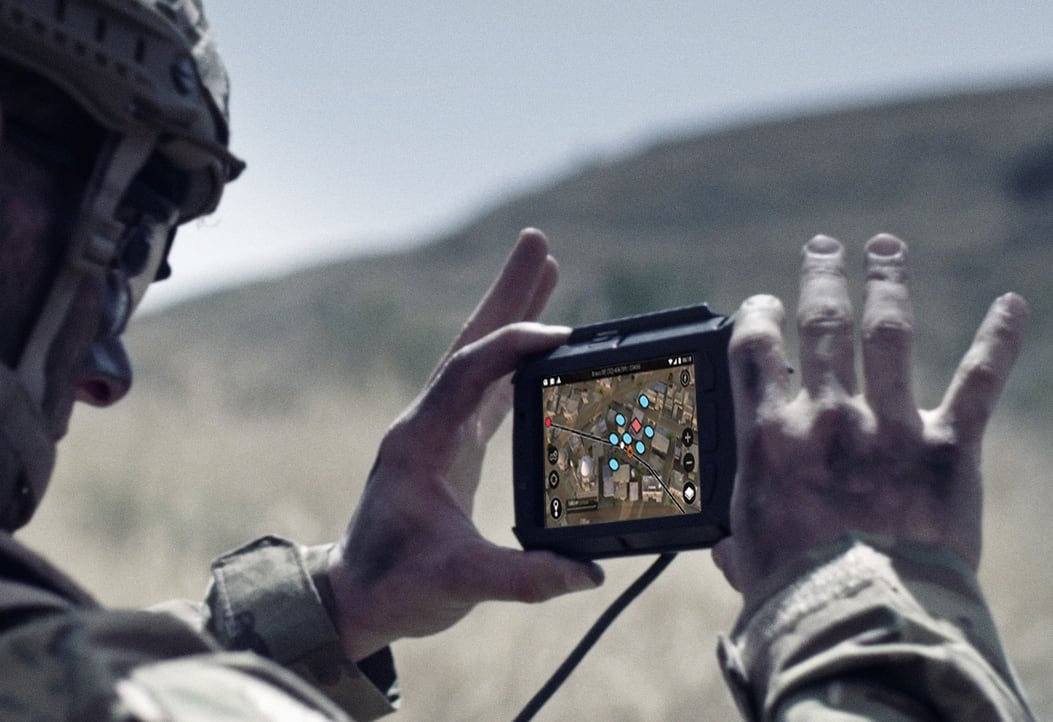
Second, it needs to have a clear and unbiased view of its current investments in so-called Fourth Industrial Revolution technologies to determine how fast America’s waning national security advantage can accelerate, the report continued.
Finally, the report said significant improvements must be made to procurement practices in order to optimize speed over burdensome processes in order to deliver scalable solutions to war fighters.
Daniel Cebul is an editorial fellow and general assignments writer for Defense News, C4ISRNET, Fifth Domain and Federal Times.

